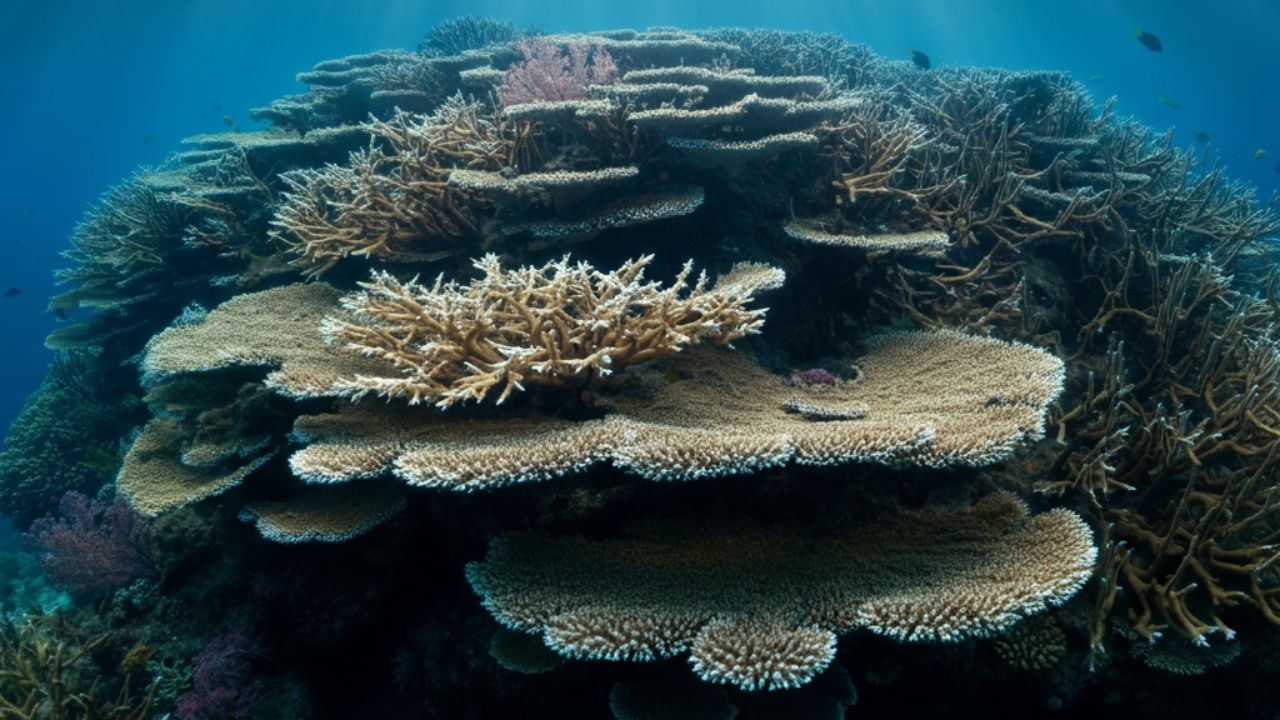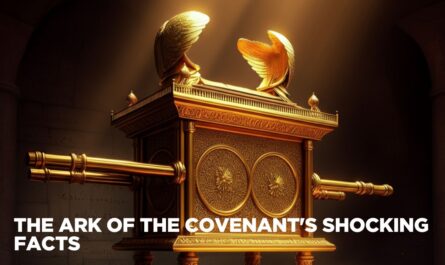World’s Largest Coral Discovered in Solomon Islands
Imagine the largest coral colony on Earth could have been lying in open view for centuries. Well, scientists made a remarkable new discovery recently. They say the World’s Largest Coral is located near the Solomon Islands, has finally been uncovered. What’s even more unbelievable is that it is so large it can be spotted from space.
This amazing discovery is much more than just the world’s largest coral, it represents strength and inspires hope for the sunk marine ecosystems due to climate change. As you read along, we will shed some light on this unexplained discovery, its relevance, and the implications it has on marine biology and conservation efforts across the globe.
Billions of Coral Polyps
From a distance, corals look like ordinary rocks underwater, but they are much more dynamic than that. In fact, they are living breathing beings made of thousands upon thousands of tiny pieces known as coral polyps. Each polyp becomes the building block of a fully grown coral colony.
With a measurement of 34 meters wide (111.5 ft) and over 32 meters tall (105 ft), the World’s Largest Coral houses billions of polyps. It is a miracle these structures are lying around the Solomon Islands. Each and every single polyp collaboratively contributes in feeding, defending, and nurturing the coral. These littoral animals release calcium carbonate and build with each other to create mind-boggling structures such as these.
This massive reef near Solomon Islands is still unmatched to manmade shallow or bigger natural reefs because it has unparalleled hosts of countless species of marine life. fish and algae can have a home in this dientes plug.

Hidden in clear view
The beauty of nature continues to amazes us, and the fact we were unable to locate this massive coral for so long adds to this. For the last 300 years, this coral has been preserved in the isolated waters of the Pacific Ocean that is near the Solomon Islands.
The satellite and underwater mapping technology we have today has previously helped find a number of reefs, but the discovery of this particular coral showcases what else is out there. Its visibility from space serves as a note of appreciation for the greater mysteries this planet has to offer.
Experts in the field say the location of this coral is what makes it so special, as it is remote and has therefore been able to survive pollution, unregulated tourism, and destructive fishing that is unfortunately common in other reefs.
Have you ever thought, “Just how old c
300 Years of Age
an corals be?” The Largest Coral Colony in the world provides an unimaginable answer. Marine biologists believe that this coral has been expanding for over 300 years, making it older than the birth of modern conservation science itself.
Most experts believe corals extend at a gradual rate, usually a few centimeters every year, so untouched and massive are this mountain that its age and large size marks a timeline of its environmental objectives like temperature cycles, storms and its share of challenges.
Because this coral has suffered for centuries, it offers specialists a discover into changes in the marine world on Earth over time.

Corals Under Stress
Despite the celebratory tone this discovery might have, coral reefs on the Earth, especially in the Solomon Islands, are seriously stressed. Increased temperatures of the ocean caused by climate change result in coral bleaching, which puts these sensitive ecosystems at a greater risk of collapse. On the other hand, over fishing, pollution, and other negative actions continue to compromise corals.
Studies predict that if the current tensions are not reduced, global reef systems, even the Great Barrier Reef in Australia, may not withstand the rest of the century. The results from the largest known coral in the universe illustrate how it’s both remarkably risk and greatly strong at the same time.
Warning conservation efforts are needed to ensure that thousands of colonies of Seychelles corals and many other colonies are available for future generations to study and cherish. These include restoring the damaged reefs, reducing pollution of gasses, and promoting marine flora and fauna.
This Specific Coral Reef Was Confirmed to Be 34 Meters Wide and 32 Meters Long
To put this coral into perspective, imagine a 10-story office building: this particular coral sits like a massive office building. At 34 meters wide and 32 meters tall, this coral rivals everything else recorded in marine science.
This massive structure serves a dual purpose; it not only acts as an indicator for a numerous of marine life, but it also serves as a vital asset for scientific exploration.
Its stunning measurements also mean that it is capable of being seen from outer space. Drones and satellites have captured the coral in amazing detail because they are it’s distinctive shape and brilliant sphere. Digital artists and creators are already in the process of making virtual illustrations of this oceanic wonder to inform people all over the world.
“Beacon of Hope,” Says Coral Scientist
Coral researcher Dr. Maria Santos, who is one of the leading marine biologists who is part of the shocking discovery tells that the coral is a literal hope. “It’s wake-up call for humanity to create policies that would protect instead of abuse our oceans”, she explains. With its age and size, it shows that under the right conditions, corals could flourish for centuries.
Ocean preservation efforts are more than necessary, and this must amplification gives a stronger voice not only to the activists, but also to the governments, researchers, and eco tourism practitioners, inspiring them to put more efforts into the protection of coral reef system.
What This Means for the Future of Marine Science
The discovery of the largest coral in the world, located a few miles from the Solomon Islands is a revolutionary for marine biology, conservation and environmental science.
How many other colossal creatures could be hidden under the surface of the water still remains a mystery.
Modern day scientists are now able to identify, examine, and safeguard such wonders, thanks to satellite photographs and AI imaging. In order to sustain solid marine ecosystems, it is crucial for us to use this discovery to motivate education and action.
From restoring damaged reefs to tackling climate change, every effort – no matter how small – helps improve the existence and well-being of coral across the planet.
Also Read: Countries with the Biggest Gold Mines And Reserves
For More Updates Please Join :FaceBook




One thought on “Scientists discover the world’s largest coral near Solomon Islands”